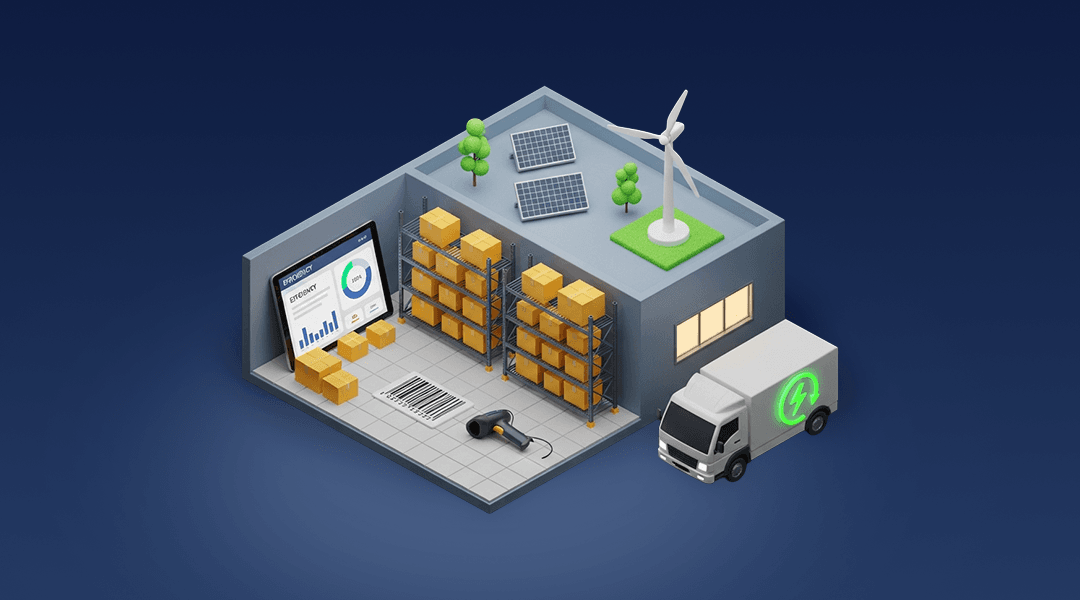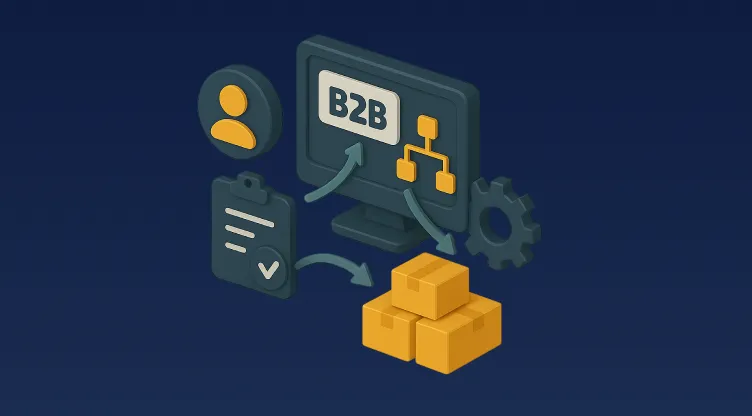Reduce Freight Costs with TMS Data | Smarter Route Planning

Table of Contents
Fast Lane Insights – Using TMS Data for Cost Reduction
- Efficient Routes: Cut fuel costs and reduce delivery times.
- Real-Time Decisions: Use live data for smarter planning.
- Load Optimisation: Reduce empty miles with strategic grouping.
- Predictive Analytics: Anticipate disruptions before they hit.
- Carrier Performance Tracking: Choose the best partners for each shipment.
- Cost Visibility: Monitor every dollar spent for better financial control.
Introduction: Why Freight Costs Matter and How TMS Can Help
Freight costs are a significant expense for businesses that move physical products. These costs can quickly eat into profit margins if not carefully managed. Rising fuel prices, driver shortages, and unexpected delays can make shipping a costly part of doing business. This is where Transportation Management Systems (TMS) come in. They offer real-time insights into freight operations, helping businesses optimise routes, reduce fuel consumption, and streamline their supply chains.
But a TMS is more than just a tracking tool. It’s a data powerhouse that can transform raw logistics information into actionable insights. This guide explores how to leverage TMS data to cut costs, improve efficiency, and boost customer satisfaction.
Understanding TMS and Its Role in Cost Reduction
A TMS is a software platform designed to plan, execute, and optimise the physical movement of goods. It connects order management systems, warehouse tools, and inventory platforms, providing a unified view of the supply chain. But it’s not just about moving boxes from one place to another. It’s about making each trip as cost-effective as possible.
Why TMS Data is Essential for Cost Savings:
- Provides real-time visibility into shipments.
- Helps identify cost-saving routes and strategies.
- Supports load optimisation to reduce empty miles.
- Tracks carrier performance for smarter decision-making.
- Enables predictive analytics for proactive cost control.
How to Use TMS Data for Freight Cost Reduction
Smarter Route Planning for Lower Fuel Costs
Fuel is a major expense in transportation. Every extra mile adds to the bill. TMS data can help businesses choose the most efficient routes, reducing fuel consumption and driver hours.
Best Practices for Route Optimisation:
- Use traffic data to avoid congested roads.
- Factor in weather conditions for safer, faster deliveries.
- Plan multi-stop routes to reduce empty miles.
- Use geofencing to manage regional deliveries more effectively.
For instance, a TMS can reroute a truck around a major traffic jam, saving time and fuel. This not only cuts costs but also improves customer satisfaction by reducing delays.
Load Consolidation for Cost Efficiency
Moving partially filled trucks wastes fuel and driver hours. It’s an expensive way to run a logistics business. TMS data can identify opportunities to combine smaller loads into a single trip, cutting costs and reducing carbon footprints.
Tips for Effective Load Consolidation:
- Group shipments by destination or delivery time.
- Use predictive analytics to plan for peak demand periods.
- Coordinate pickups and drop-offs to maximise vehicle capacity.
- Use cross-docking to reduce warehouse handling time.
For example, a retail business might consolidate small shipments from multiple suppliers into a single truckload, reducing per-mile costs.
Carrier Performance Monitoring for Better Decision-Making
Not all carriers are the same. Some excel at fast local deliveries, while others are better suited for long hauls. TMS data can help businesses choose the right carrier for each shipment, reducing overall costs.
How to Use TMS Data for Carrier Selection:
- Track on-time delivery rates.
- Measure cost per mile for each carrier.
- Monitor damage rates and customer satisfaction scores.
- Use real-time data to identify top-performing carriers.
For instance, a business might use TMS data to choose a reliable carrier for urgent orders, while selecting a more economical option for bulk shipments.
Conclusion: Building a Data-Driven Freight Strategy
Reducing freight costs isn’t just about cutting corners. It’s about using data to make smarter, more strategic decisions. With the right TMS in place, businesses can optimise routes, reduce fuel costs, improve load efficiency, and boost customer satisfaction. In today’s competitive market, this kind of data-driven approach is essential for long-term success.























